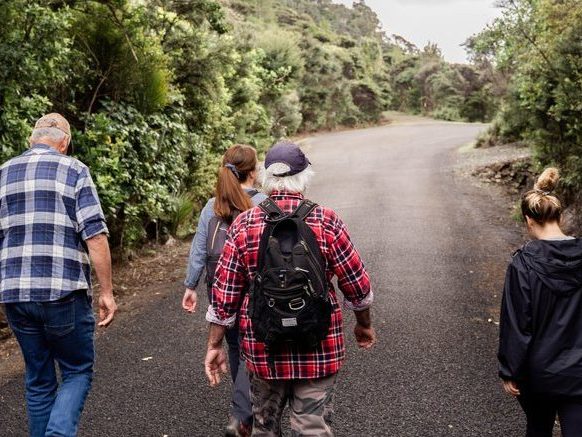Want to do your part to protect our native species but can’t find the time? We’ve got some good news, busy people – joining the predator free movement doesn’t have to be complicated or time consuming.
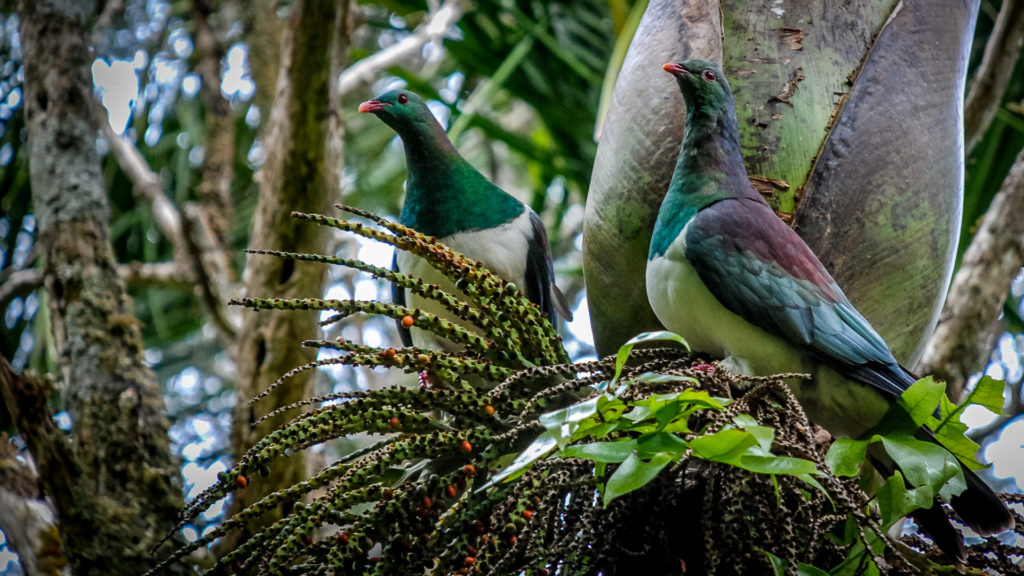
Here are seven easy ways to support the predator free movement in 2022:
1. Make your garden attractive to native wildlife
With a bit of planning, your garden can provide food, shelter and nesting sites for our native birds, bugs and lizards.
For nectar, fruit and foliage eaters, various flowering and fruiting plants will give visiting native species year-round food. And that doesn’t just mean feathery friends.
Lizards supplement their diet with berries, so plant some species that produce fruit small enough to be a lizard’s lunch, such as coprosma, muehlenbeckia, or gaultheria. Kōwhai, pūriri and kohekohe are plentiful in the garden because they can provide food in colder months when food is scarce.
For insects and the birds that eat them, keep it messy. When leaves fall off your plants and shrubs, allow them to accumulate. A thick layer of leaf litter will attract insects like spiders, moths and beetles for birds such as pīwakawaka to feed on.
For bird nesting sites and materials, try finely branched shrubs such as kanuka, mānuka and kōhūhū.
In the winter months, when food sources are more scarce, providing sugar water from a birdfeeder can help supplement food for nectar-eating birds such as tūī, tauhou and kākā.
In the summer months, a water source like a birdbath or a shallow water tray can attract thirsty native birds, overheated skinks and pollinators like bees and butterflies. Water dishes can be placed both on the ground and in elevated positions, but elevated water sources can help protect birds from introduced predators.
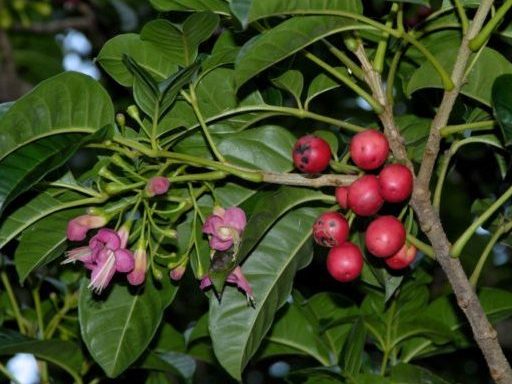

Check out our blog that asks: if our native birds were gardeners, what would they plant?
2. Take part in the annual NZ Garden Bird Survey
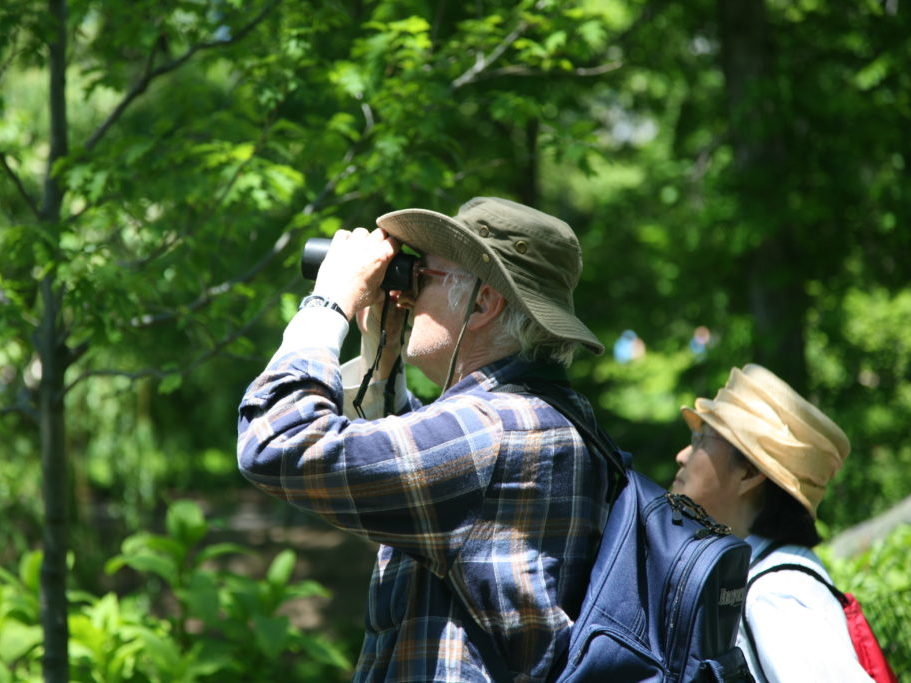
Did you know that just by sitting in your garden for an hour you can help New Zealand scientists? All you have to do is observe which birds you see and hear in your backyard.
The annual NZ Garden Bird Survey is Aotearoa’s longest-running citizen science project. By participating you will help build a picture of how native and introduced birds are faring in our gardens, indicate which species may be in decline and guide future conservation efforts.
All you need is one hour, on one day, from the 25th of June to the 3rd of July 2022.
3. Spread the word
Doing your part can be as simple as sharing empowering stories on social media.
Post online about local predator control work and the resulting increase in native species — it’s a great way to get people more invested.
Through social media, you can also connect with a wide range of people interested in local conservation.
You can also follow our social media to keep in the loop and share interesting information with your friends and whanau.

4. Be a responsible pet owner
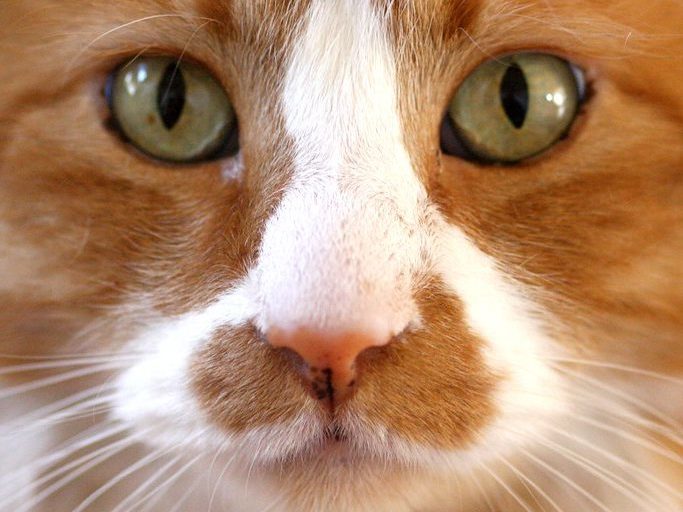
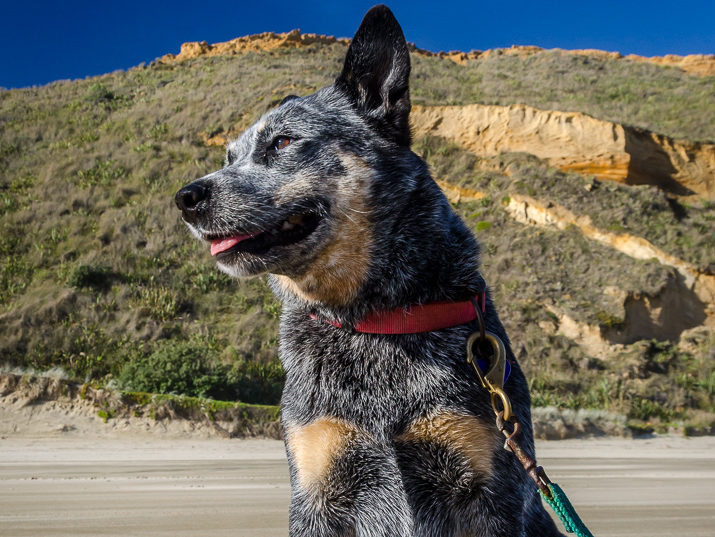
Our pets are part of the family. Adopting some of our tips can help protect your pets and our native species.
For cat owners, consider:
- Microchipping, and desexing your cat — it’s an essential part of cat ownership. Desexing prevents any unwanted kittens and microchipping helps identify your cat as owned.
- Keeping your cat indoors as much as possible. Raising an indoor cat is very common overseas and is becoming more common in Aotearoa. Cats are happy and healthy at home.
- Adding bells to your cat’s collar — the more bells, the better. Bells don’t stop them hunting, but they do minimise it.
- Minimising the number of cats you own or consider not replacing your cat when it dies.
For dog owners, consider:
- Finding dog-friendly walking tracks by checking the DOC website.
- Making sure your dog and a kiwi never meet. If you must take your dog into an area where kiwi live, please keep them under control at all times.
5. Visit or donate to a predator free ecosanctuary
Deafening birdsong, thriving wildlife and lush flora — ecosanctuaries are a great way to experience what is possible in a predator free Aotearoa New Zealand.
But it’s not an easy job keeping introduced predators out of these ecosanctuaries. Most of them are encircled by predator-proof fencing and use extensive monitoring and trapping networks to protect against predator reinvasion.
By visiting these places, you support an important part of the predator free movement. Until we get to Predator Free 2050, ecosanctuaries across the country offer a safe place for our native species to replenish their populations.
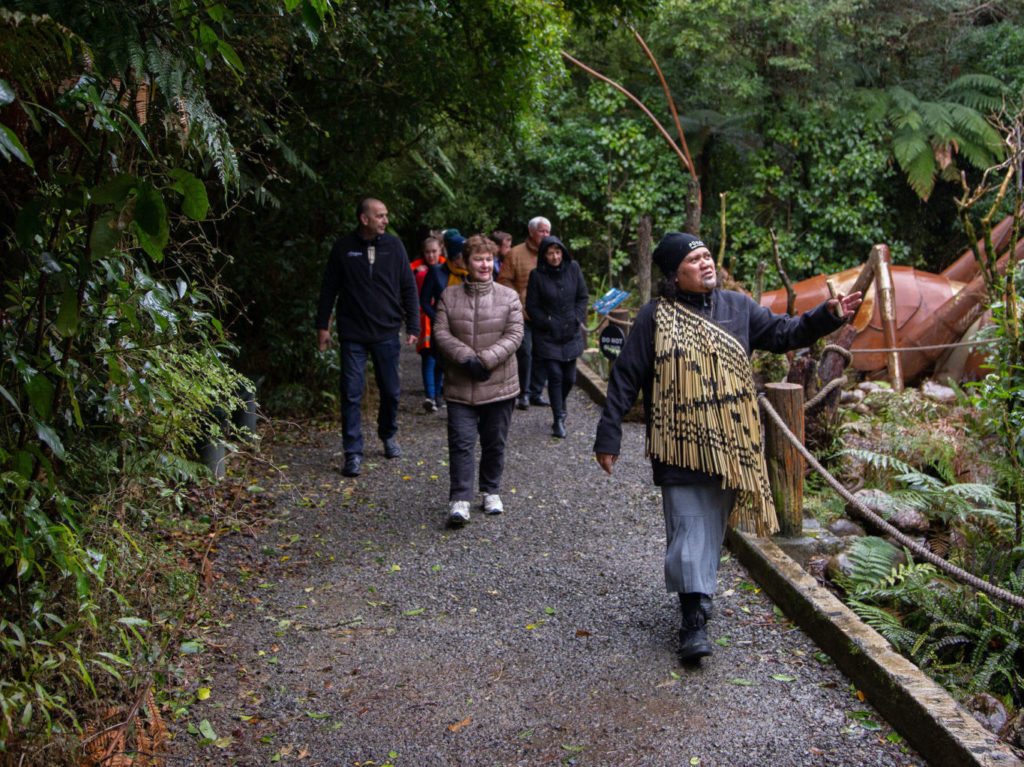
6. Get the kids involved
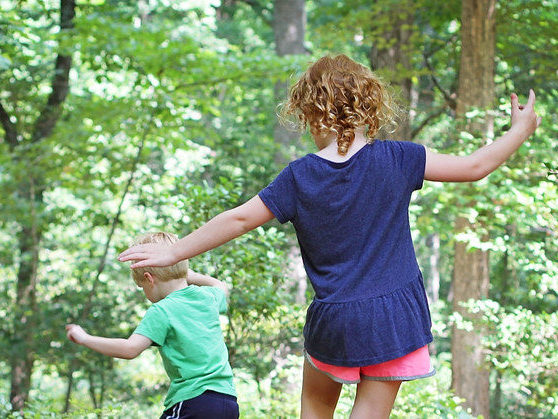
Free time can be hard to come by when you’re a busy parent. So instead, why not involve your child and inspire the next generation of conservation heroes?
Have some fun by trying out conservation activities like making a kererū window protector and building your own rat trap. So whether it’s a quiet rainy day or you are looking for an outdoor project to spruce up your garden — try out our fun activities that will help the birds, bugs and lizards in your backyard.
7. Support your local community group
Thousands of community groups across Aotearoa New Zealand are making their patch safer for native species.
Did you know you can help by donating your expertise? Are you social media savvy? Could you coordinate events and meetups?
Most groups are eager for any support you can offer. Find your local community here and get in touch – they may need someone just like you!
